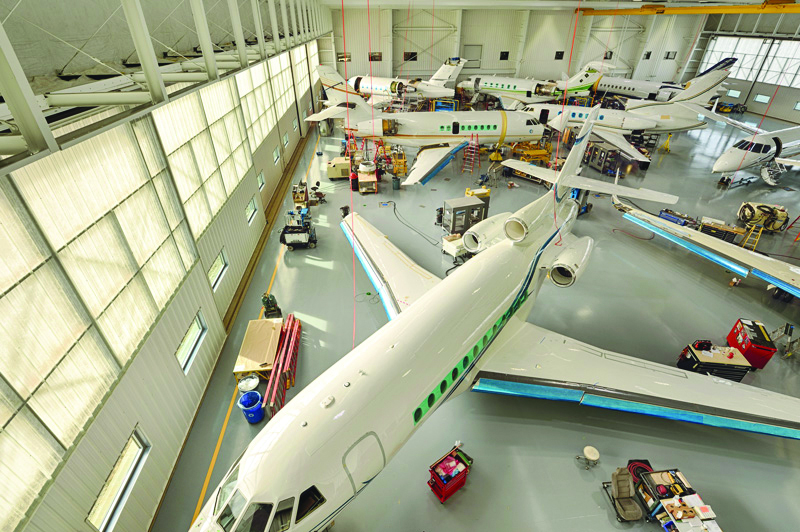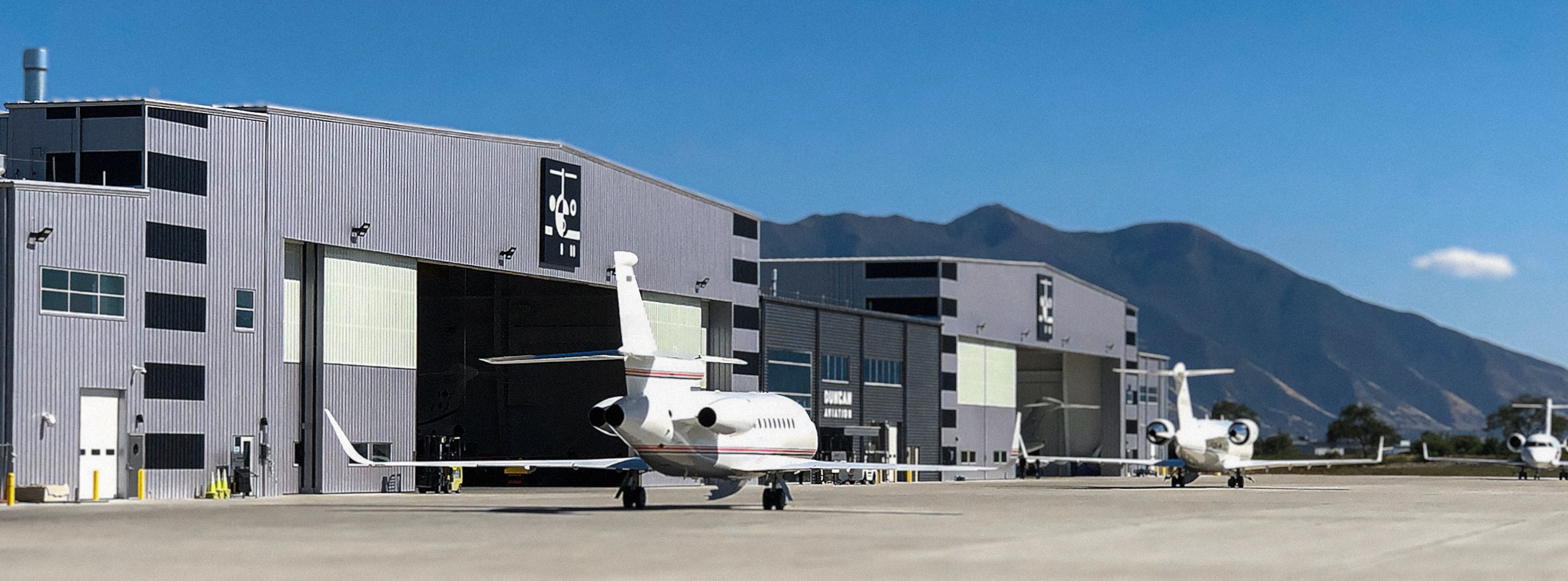Safety Management Systems, or SMS, are crucial in aviation because they provide a systematic and proactive approach to managing risks, preventing accidents, and fostering a strong safety culture throughout an organization.

Technically, there are none.
14CFR Part 5 requirements apply to 135 and 121 operators, which will likely drive those operators to flow-down requirements to MROs, but there are no FAA regulatory requirements for MROs to implement or maintain an SMS. However, EASA-certificated Repair Stations must have an SMS as spelled out in the most current Maintenance Annex Guidance (MAG).
This puts the burden on the aircraft operator to decide with whom they want to entrust their aircraft for maintenance and other services. Aircraft are high-value assets, and they carry high-value cargo. Decisions about their safety shouldn’t be taken lightly.
An SMS is a system that ensures a company is producing a safe product. It,
The FAA Part 5 regulation contains standards for implementing and maintaining an SMS program, including the four components of SMS.
Maintenance facilities must have a safety policy in place to provide resources and requirements to fulfill all safety objectives. It must have a clearly stated emergency response plan regularly reviewed, documented, and communicated throughout the organization. An accountable executive or executive team must sign this safety policy to show commitment from top-level management.
The program must continually assess current operations and systems, identify hazards within those operations and systems, and develop strategies to mitigate risks associated with those hazards. Risk assessments must also be performed in the event of changes in facilities, procedures, innovations, or technologies.
III. Safety Assurance
The safety performance of the established SMS must be monitored and measured to ensure effectiveness. Data must be acquired and analyzed against safety objectives to ensure compliance and correct performance deficiencies.
Company-wide safety training is conducted to ensure that all employees possess the competencies necessary to perform their duties relevant to the SMS’s operation and performance. There must be continuous SMS communications about performance, processes, and tools relevant to employee responsibilities.
More information about the four components of SMS can be found here: https://www.ecfr.gov/cgi-bin/retrieveECFR?gp=&SID=cc39b8a0c3158d4511ebebecf4249cef&mc=true&n=pt14.1.5&r=PART&ty=HTML

At Duncan Aviation, safety is a core business value. We are committed to ensuring the safety of all our locations, including our customers, their aircraft, and our team members, while providing safe products and services. The Duncan Aviation SMS has been in place since 2013 and has the full support and participation of the company’s Senior Management Team.
All of our safety procedures are SMS driven. It enables us to put out a safe product safely. That is the goal of an SMS.
Duncan Aviation is an Active Conformant in the FAA’s voluntary SMS program. Since Duncan Aviation operates under a single Repair Station Certificate, all of our MRO facilities operate under the same SMS program.
When a safety hazard is identified at one location, all locations are informed, and together they develop strategies to mitigate further safety concerns. For a repair station of our size, we rely on all locations to be vigilant and communicate any problem areas. It’s how we learn and continually get better together.
Duncan Aviation’s conformance to the FAA voluntary SMS program means that our SMS procedures can’t just be a manual on a shelf collecting dust. The FAA wants to see those processes and procedures in action. The FAA verified that our SMS coordinates all safety-related activities so we can better manage hazards, and found that we, as a company, use our SMS to help us learn from history, mitigate risks, and make informed decisions as we resolve issues.
All of Duncan Aviation’s FBOs are IS-BAH (International Standard for Business Aircraft Handling) certified. IS-BAH, developed by the IBAC (International Business Aviation Council) and the NATA (National Air Transportation Association), is a set of global industry best practices for business aviation ground handlers that features a Safety Management System. All FBO locations have also earned the NATA Safety 1st and Safety 1st Clean Standards.
Duncan Aviation’s Flight Services has IS-BAO (International Standard for Business Aircraft Operations) Stage 3 Certification and NATA’s Safety 1st Clean Standard training.
At Duncan Aviation, we want our customers to know we have a formal, ongoing commitment to their safety. We hope these facts can help technicians, DOMs, and flight department personnel share that commitment with others who rely on their aircraft.
December 2025
December 2025
November 2025
September 2025
September 2025